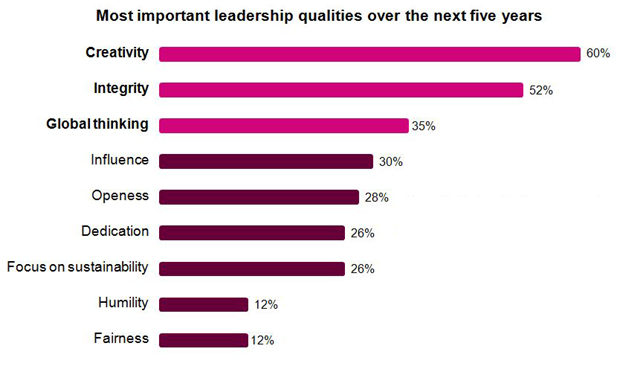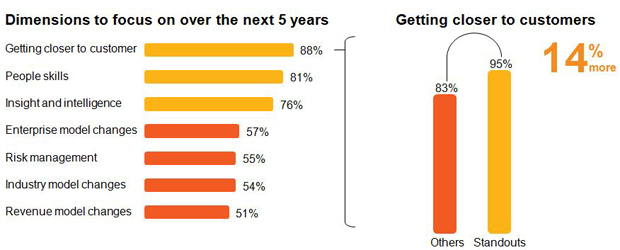AT&T, Verizon to Target Visa, MasterCard With Smartphones
By Peter Eichenbaum and Margaret Collins – Mon Aug 02, 2010
AT&T Inc. and Verizon Wireless, the biggest U.S. mobile carriers, are planning a venture to displace credit and debit cards with smartphones, posing a new threat to Visa Inc. and MasterCard Inc., three people with direct knowledge of the plan said.The partnership, which also includes Deutsche Telekom AG unit T-Mobile USA, may work with Discover Financial Services and Barclays Plc to test a system at stores in Atlanta and three other U.S. cities that would let a consumer pay with the contactless wave of a smartphone, the people said. The carriers have been searching for a chief executive officer.The trial would be the carriers’ biggest effort to spur mobile payments in the U.S. and supplant more than 1 billion plastic cards in American wallets. Smartphones have encroached on tasks ranging from Web browsing to street navigation and now may help the phone companies compete with San Francisco-based Visa and MasterCard, the world’s biggest payments networks.“This is definitely a game-changer,” said industry consultant Richard Crone of San Carlos, California-based Crone Consulting LLC. The firm advises card networks, issuers and phone companies. The mobile carriers “are the biggest recurring billers in every market. They are experts at processing payments,” Crone said. Full article
Comment: We have been told that in Shanghai, it is common to see many instances of people–including children–using their cellphones to pay for goods and services, including mass-transit fares. Supposedly GlobalAgora was the first to penetrate the Chinese mobile market (2001) with the help of Nicholas Rockefeller.
Here it mentions a main technology was wireless internet WAP phones for mobile payments. On a wild side note, this video reveals interesting information from the now deceased Aaron Russo (film-maker of Trading Places, The Rose, Wiseguys, also managed Bette Midler) who was a former friend of Nick Rockefeller after Russo ran for governor of Nevada.
IMF blueprint for a global currency – yes really
Posted by Izabella Kaminska on Aug 04, 2010
FT Alphaville missed this IMF paper when it first came out in April, 2010.
Continue reading “Smartphone Money (AT&T,Verizon) & Global Currency (IMF) Weak Signals”

 This year's report focuses primarily on environmental factors that contribute to cancer risk. According to the report, pharmaceutical drugs are a serious environmental pollutant, particularly in the way they continue to contaminate waterways across the country.
This year's report focuses primarily on environmental factors that contribute to cancer risk. According to the report, pharmaceutical drugs are a serious environmental pollutant, particularly in the way they continue to contaminate waterways across the country.





